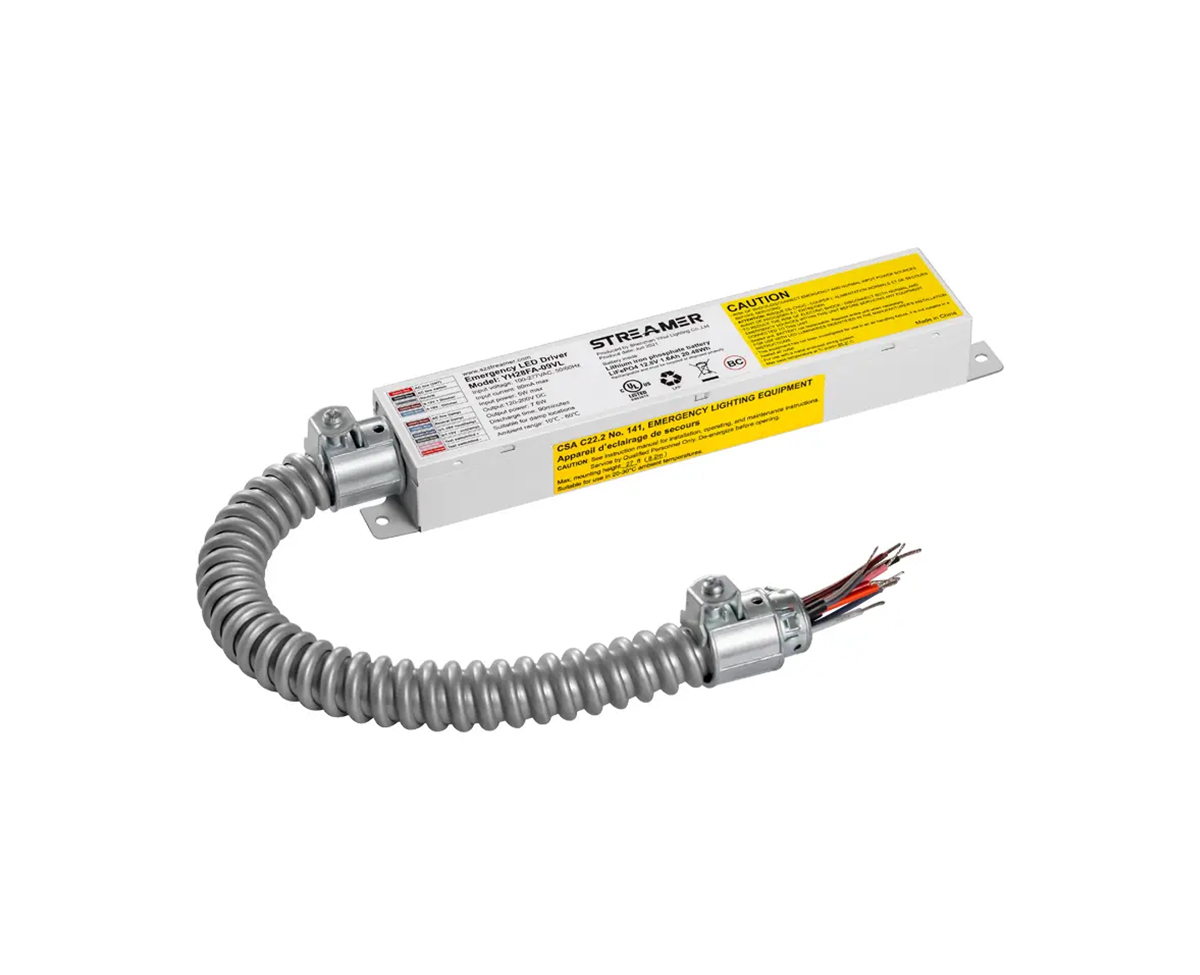 1
1
 Mar 03, 2025
Mar 03, 2025

Remote monitoring of LED emergency power supplies has become increasingly important, especially in large - scale installations such as commercial buildings, hospitals, and transportation hubs. This feature enables facility managers to keep track of the status of emergency power supplies from a central location.
Remote monitoring systems for LED emergency power supplies typically rely on communication technologies such as Wi - Fi, Bluetooth, or cellular networks. Each power supply unit is equipped with a communication module that can transmit data to a central monitoring station. The data transmitted includes information about the power supply's operating status, battery charge level, and any fault alerts.
For instance, in a large hospital complex, there may be numerous LED emergency power supplies installed throughout the building. With remote monitoring, the facilities management team can easily monitor the health of each power supply unit without having to physically inspect them one by one. If a particular power supply's battery charge level is low or if there is a fault detected, the team can be notified immediately. They can then take appropriate action, such as scheduling maintenance or replacing the unit.
Remote monitoring also allows for historical data analysis. The central monitoring station can store data over time, which can be used to identify trends in the performance of the LED emergency power supplies. This data can help in predicting when a power supply may need maintenance or replacement, improving the overall reliability of the emergency lighting system. Additionally, in the event of a power outage, remote monitoring can provide real - time information about which areas of the building are still receiving emergency lighting and which may need attention, enabling more effective response and recovery efforts.